Diving Deep into Amazon PPC Automation
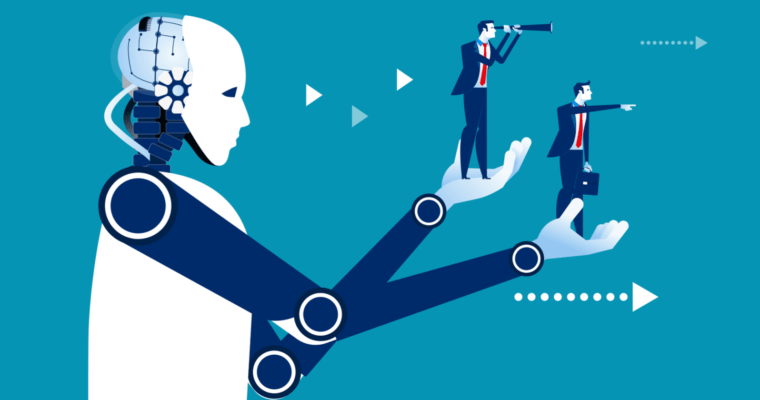
Advertisers and Marketing Specialists thrive on boosting the sales of the product and simultaneously keep up with the budget of their ad campaigns. Mostly every expert uses PPC (pay-per-click), a model of internet marketing in which advertisers pay a fee each time one of their ads is clicked. Essentially, it's a way of buying visits to your site, rather than attempting to “earn” those visits organically.
In this era, it’s hard to tackle these complex processes on our own and maybe not feasible to execute. This could lead to inefficiency, wastage of time, and ultimately a loss for the company. Hence, to optimize it and work smartly, technology gave us “PPC Automation”. A simple solution for complicated tasks!
We can now use various “PPC Automation” tools to automate as many as possible manual processes by leveraging Artificial Intelligence and Machine Learning algorithms. We can set parameters with some boundaries for managing our campaigns. Also, PPC automation helps in optimizing your SEM efforts. Due to the availability of several networks and platforms, managing paid ad campaigns manually has become a near-impossible task. That’s why automation technology has become fundamental for brands to scale their digital media efforts.
Doing this will enable marketers to be at the top of their game and utilize the time to keep an eye on things that machines can’t do. (yet!) But few realize the true scope of possibilities with PPC management tools. This article will enlighten you regarding the awesome advantages of PPC automation tools and other important information to be updated within this fast-growing PPC industry.
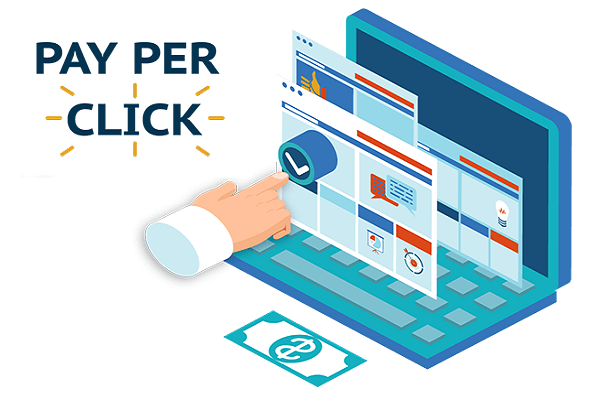
So without further ado, allow me to guide you in the journey of PPC automation. Below are some of the applications of PPC automation technology.
BID MANAGEMENT : AUTOMATE AWAY MUNDANE TASKS
I think every marketing and advertising expert can agree that setting bids for ad campaigns manually is time-consuming and would prove the utmost difficult job to oversee a large number of accounts. It is essential to set correct bids for various keywords and one needs to put constant efforts to adjust the bids as well. Hence, Bid Management is the most valuable feature of PPC Automation.

There are many platforms available to offer automated bidding features for your brand products. One can choose from 6 different automated bid strategies based on specific business goals:
- Maximize clicks : Set strong Negative Keywords list
- Target impression share
- Target CPA (cost per acquisition) : A realistic target CPA with a single strategic objective per campaign with closely ranged auction prices.
- Enhanced CPC (cost per click)
- Target ROAS (return-on-ad-spend)
- Maximize conversions : Need data of Accurate conversions that track valuable actions.
These options vary from platform-to-platform. PPC bid management will strategically raise and lower your keyword bids to get the most out of your Ads budget. Your bid impacts where your ads appear in search results and determine how much you pay each time someone clicks on your ad.
By the way, if you have missed my previous blog on “The Art Of Amazon PPC Optimization ”, that will explain the strategies to nurture and unveil the tricks of Amazon PPC, and how keywords and bidding go hand in hand to achieve some of the above mentioned strategies, Do check it out!
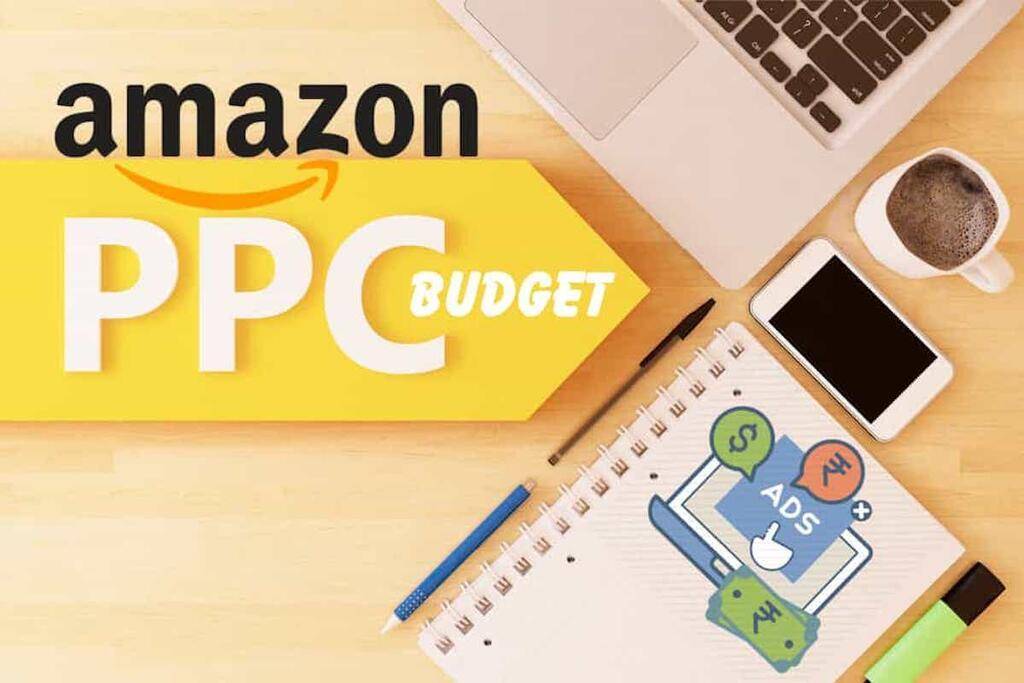
Amazon PPC uses two types of automation for its customers. One is simple rule-based automation and another is AI-driven automation for bid management. Let me tell the difference here so that one can know what works better for their campaigns.
Rule-based PPC automation offers the advertisers to set some thresholds and define their bids, keyword parameters, and ACOS targets. Once the user sets the required goals, the machine will automatically execute and meet the conditions. For instance, lowering/increasing the bid on a specific keyword according to ACOS. Kind of like Set-it-and-forget-it! Though, the decision-making part will be in your hands in this type of automation.
AiHello’s “Autopilot” tool uses AI boost and apprehends real-time changes in the market, leading to maximum profit for your company. What does that mean? Keep Reading- Amazon allows you to boost bids on campaigns and in "placements" in ad groups. However, this boost is for the constant and it's hard to not only know how much to set but also when to set/change it. Using "AI Boost" the AutoPilot predicts the best time shoppers will buy your product and boost the bids only during peak time and peak days. Different products have different peak times and peak days. "AI Boost" can predict the best time and day and boost the bids during these peak times while also decreasing the boot during off-peak time.
DYNAMIC SPONSORED ADS : BE CREATIVE
If your brand uses Amazon Sponsored Ads for advertising, this latest optimization feature will allow you to engage with potential shoppers via dynamic Sponsored Brands ads. These ads will be displayed automatically to relevant ASINs on your landing page/website or store based on an individual’s search. So what does this mean exactly for sellers? Let me slow it down for you.
Amazon Standard Identification Numbers (ASINs) are unique blocks of 10 letters and/or numbers that identify items. And well, rather than choosing numerous ASINs manually for every keyword, you can actually set up a campaign for the entire landing page or store. Then, Amazon will choose and show you the most suitable or relevant products to match a shopper’s search. Isn’t this just the perk any seller will desire?
Here you may be wondering exactly which parts of your sponsored brand campaign can be updated dynamically? The answer is that this optimization feature will update 3 product slots dynamically. Though, the headline and featured image will stay the same throughout the campaign. Further, if you want to enable a dynamic ASIN optimization, ensure that the headline stays somewhat general and not specific.
Below are the mixture of some aspects by which Amazon will determine “contextual relevance” from customer search terms and the ASINs that appears in an optimized Sponsored Brand ad:
- Performance metrics of an advertiser’s store (most-clicked and best-selling ASINs on the landing pages).
- Relevancy model (related search queries for an ASIN’s product content)
And the list goes on…
CHECKLIST FOR YOUR PPC AUTOMATION TOOL
Automation Doesn’t Mean Ignorance: Always Be Monitoring
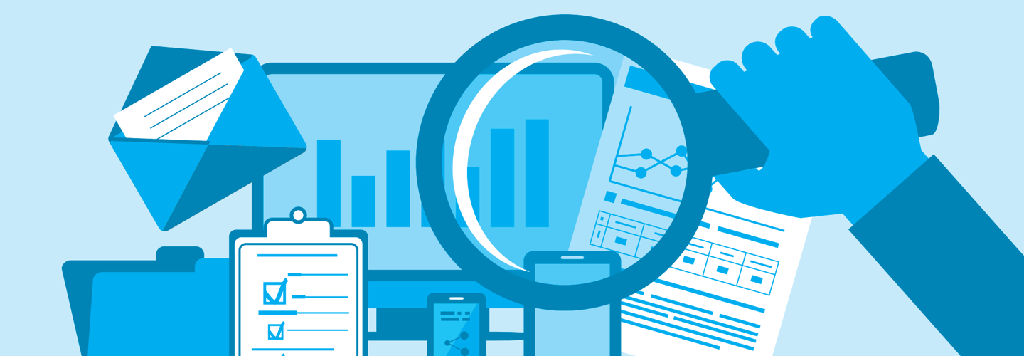
Your strategy should inform the machine. Automated optimization and management runs fast – very fast. As a result, things can go wrong quickly, too. That's why you should always keep your eyes on it. If things go vice versa, your time and budget would be wasted for a completely irrelevant zone. Hence, observe and analyze for at least a month or so.
Feed Your Machine The Right Way
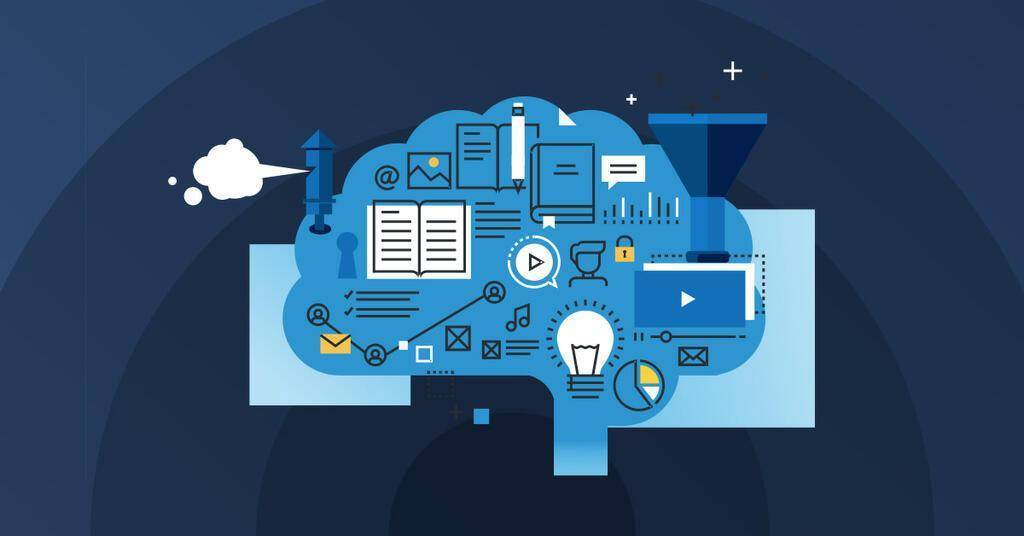
Speaking of best practices, your PPC automation tool needs right data to make significant true decisions for you that impacts your business. To exemplify, smart campaigns will only begin working once an existing campaign has been running for long enough to collect data. In other words, for the machine learning algorithm to start making some sense out of it, learn from it and optimize the process.
Be Patient

Allot some time for data collection, as these tools that leverage AI and Machine Learning typically require time to reach a point of statistical significance in terms of performance. Essentially it means that automation tools will have a learning curve where they gather data for your business and learn best how to interpret it.
PPC tools will likely be reviewing several different factors during the learning duration:
- Who is engaging with your ads, and are they worth the ad spend you invested to get those engagements?
- Which placements, time slots, and devices yield the most success for your campaigns?
- What creatives, copy, and keyword targets are driving results, and which should be retired?
You can’t expect to launch an ad campaign and determine if it worked well in just a few days. The recommended campaign duration is one month. Give your PPC automation tools and your campaigns time to level out before making drastic decisions.
I hope you took a note of the above mentioned points...
Why PPC Automation Is The Next Level In The Advertising Industry?
The technologies and brand new features in the existing tools for PPC automation can be considered as a most vital aspect as it changes the whole scenario of how we view the advertising industry. According to Hanapin’s recent study, 52% of marketers stated that AI and machine learning speed up their day-to-day work. This trend is only going to continue in the near future.
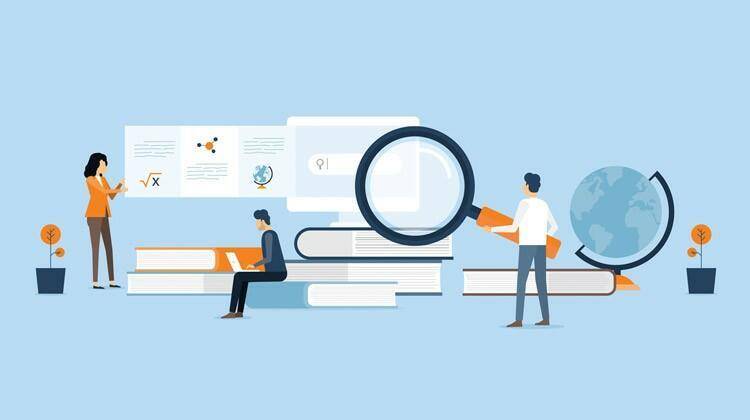
The advantages of PPC automation tools are many, but at the end it narrows down to how it assists you achieve business goals. Here’s why automation is the future of paid search:
- Enhanced Efficiency : There’s no denial that PPC automation tools are the future, but not at the cost of marketing managers and their teams, a common myth. Automation serves as a strong supplement to their efforts, freeing up more time and manpower to focus on new growth and optimization opportunities.
- Better Efficacy : Automation encourages you to settle on more exact and precise campaign choices dependent on your special business objectives. Furthermore, when you use AI and machine learning innovation to investigate your business information and data, it can reveal novel associations with improvement in audience targeting and performance. Continuous, real-time information driven gauging can help you with anticipating how different system changes may affect execution not far off. This guarantees you generally settle by making keen decisions to improve campaign efficacy overall.
- Improved Budget Spend: Optimizing Bid Management can save your business from hurting in advertising campaigns. This way one can ensure that they are not wasting their dollars when having issues with keywords or ad groups. Advanced bid optimization technology uses algorithms that consider the value of each keyword in meeting your set advertising goals. This ensures you only spend the minimum necessary amount bidding on keywords to meet business goals in a cost-effective manner!
And yet there are even more opportunities to grow...
TO WRAP UP…

Automation can provide us with analysis and management assistance at a scale that humans aren’t capable of providing in the same timescale, saving us time to focus on the bigger picture for clients. AI PPC management tools are also changing fast, so advertisers can expect many new and better ways to use automation in the near future.
Matthew Soakell, a Senior PPC trainer said it best:
“All things have become automated to the greatest possible extent. Everything is so fast and progressive. The PPC industry is evolving as never before. This should be understandable to all PPC specialists. If you are not willing to adapt to the changes in a particular industry, you won’t be a good specialist. Fast adaptation to changes is rather important.”
So, if you want to accelerate your E-commerce brand check out AiHello’s page for some amazing services. Also, AiHello got your back to optimize your Ad campaigns that thrives for the best interest of your business and the ACoS targets you set. With AiHello Autopilot tool that works 24*7, there are not one or two benefits but definitely many more that will automate your PPC campaigns and boost up your revenues. This way you can have a stress-free routine at work, enabling you to concentrate more on your product. If you would like to try AiHello AutoPilot, then head over to our registration page and give it a try. There is 14 days free trial with no payment information required.




